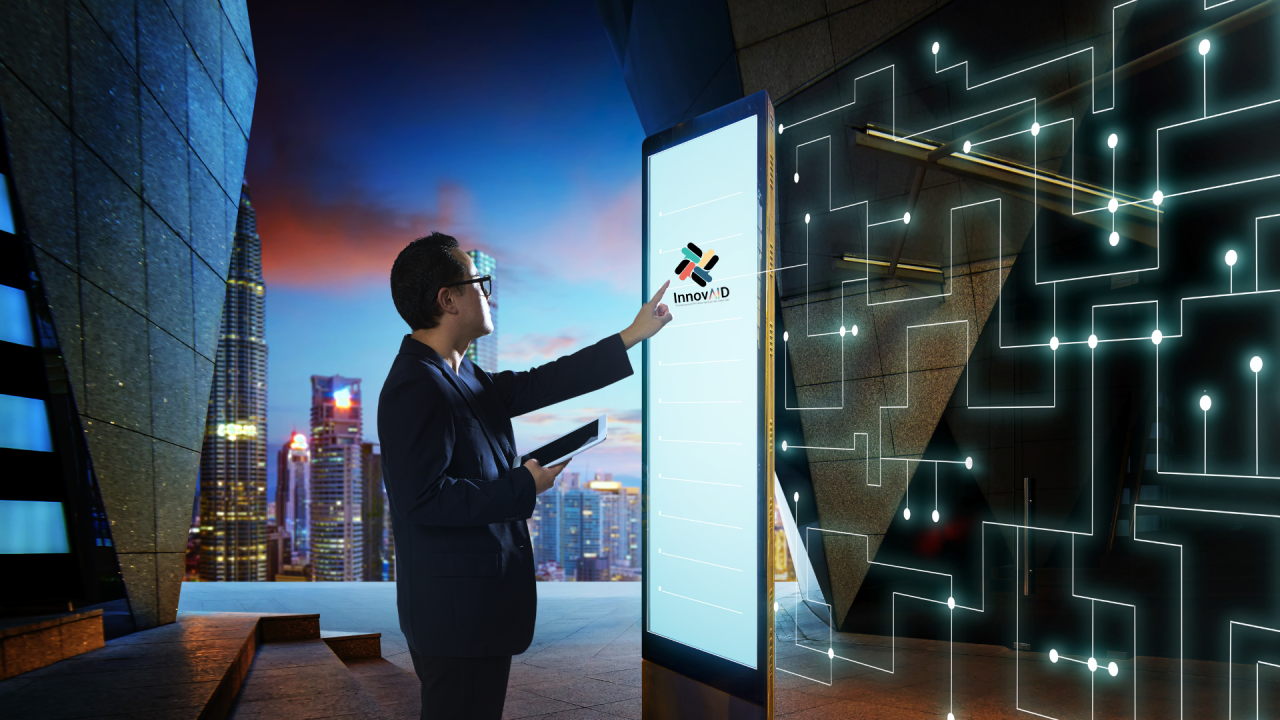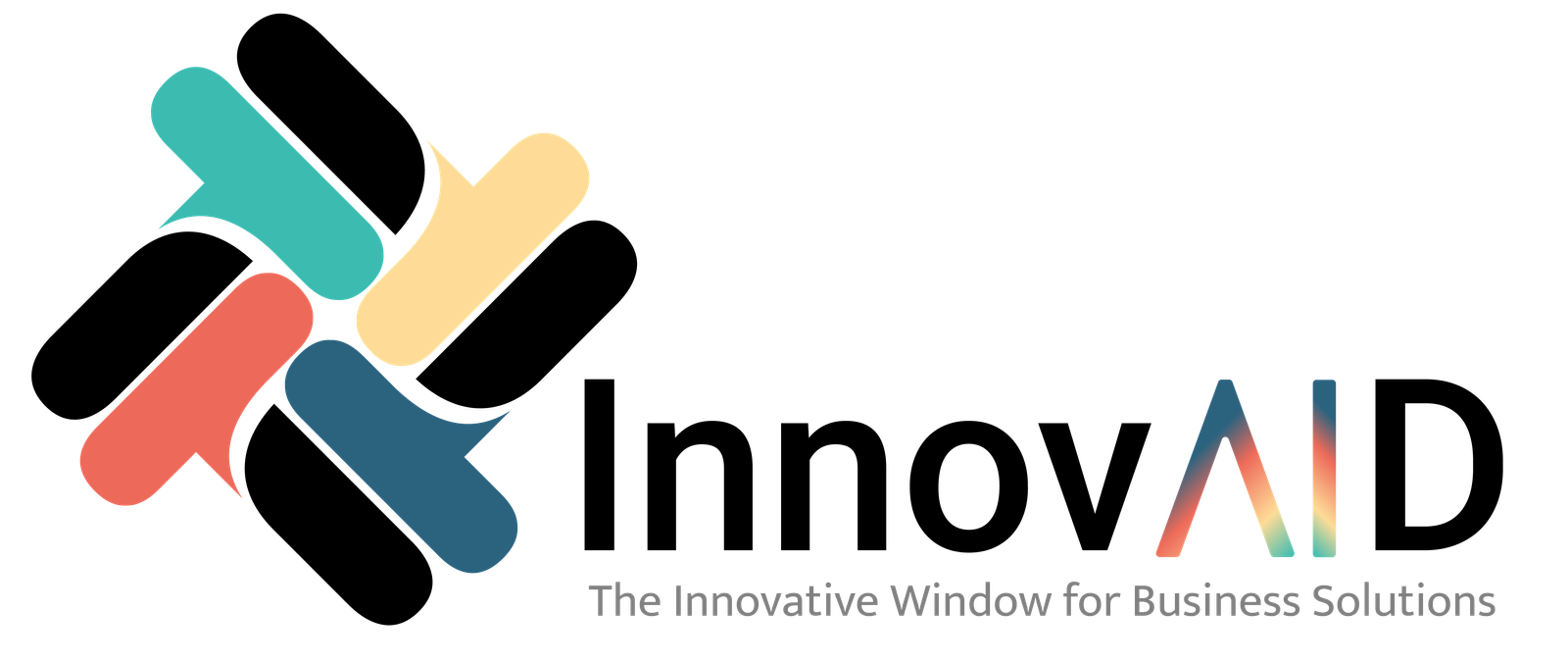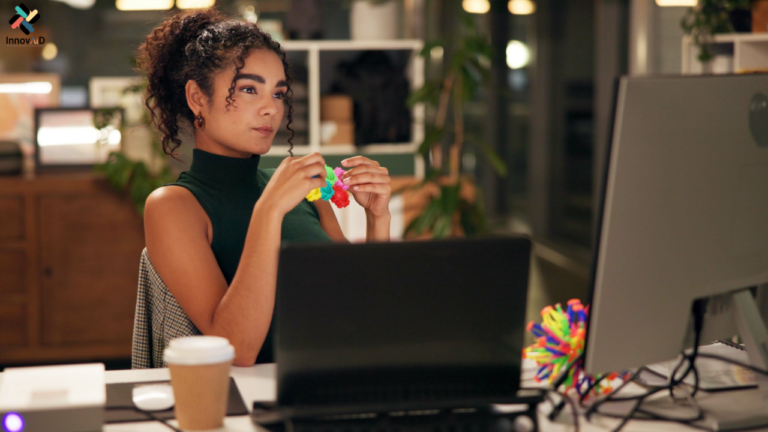
Artificial Intelligence (AI) has transformed how we work, learn, and make decisions. From automating routine tasks to generating powerful insights in seconds, AI has become an indispensable tool for businesses and individuals. But with this rapid adoption comes a critical question:
Are we using AI to enhance efficiency, or are we becoming overly dependent on it?
In this article, we’ll explore the fine line between leveraging AI as a tool for efficiency and falling into the trap of AI dependency, where learning, creativity, and decision-making take a backseat.
🔹 AI as an Efficiency Booster: The Smart Approach
When used strategically, AI can unlock unprecedented levels of productivity, accuracy, and cost savings. Many professionals and businesses are already using AI to:
✅ Automate repetitive tasks – AI-powered tools handle data entry, scheduling, and even email responses, freeing up valuable time.
✅ Enhance decision-making – AI-driven analytics provide deep insights, helping leaders make informed business choices.
✅ Streamline content creation – AI-generated drafts allow writers, marketers, and strategists to focus on refining and adding creativity instead of starting from scratch.
✅ Personalize customer experiences – Businesses use AI for hyper-targeted marketing and real-time customer support, improving engagement and satisfaction.
✅ Optimize workflows – AI tools like ProPilot help NGOs and businesses write stronger proposals in half the time, increasing funding success.
When used correctly, AI becomes an enhancement tool—not a replacement for thinking, creativity, or expertise.

🚨 The AI Dependency Trap: When Efficiency Turns into a Crutch
While AI can do a lot, it shouldn’t do everything. The danger of AI dependency is relying too much on it without applying critical thought. Here’s where the risks lie:
❌ Blind trust in AI-generated content – AI can produce errors, misinformation, or biased outputs. Without human oversight, businesses risk sharing incorrect data.
❌ Loss of critical thinking skills – When people rely on AI to answer every question, they stop analyzing, questioning, and problem-solving.
❌ Creativity suffers – AI-generated content lacks originality. If we depend too much on AI for writing, ideation, or design, true creativity takes a hit.
❌ Reduced learning & expertise – The best professionals don’t just consume AI-generated insights—they read, research, and develop real knowledge.
❌ Ethical & privacy risks – AI operates on data, but if that data is biased or incorrect, the outputs can lead to unethical decisions or security breaches.
Many people now use AI as a shortcut instead of a support system. The challenge is balancing AI-driven efficiency with human intelligence.

🔍 Finding the Balance: AI as an Assistant, Not a Replacement
The most successful professionals and businesses don’t just ask AI for answers—they use it strategically while keeping human skills at the core. Here’s how to strike the right balance:
🔹 Use AI for speed, but validate its accuracy. Don’t assume AI is always correct—cross-check facts and review AI-generated content before using it.
🔹 Keep learning. AI is a powerful assistant, but real expertise comes from deep research, reading, and hands-on experience.
🔹 Blend AI efficiency with human creativity. Let AI handle repetitive tasks, but keep strategy, storytelling, and originality in human hands.
🔹 Think critically before acting on AI insights. AI can predict trends, provide recommendations, and analyze data, but human judgment should always have the final say.
🔹 Use AI to enhance productivity, not replace human interaction. Automate processes where possible, but don’t lose the human touch in leadership, communication, and decision-making.
🚀 The Future of AI: Empowerment, Not Replacement
AI isn’t here to replace us—it’s here to augment our abilities. But how we use it defines the future of work, learning, and creativity.
✅ The best professionals will use AI to be faster, smarter, and more efficient. ❌ The weakest professionals will let AI do their thinking for them.
The question is: Are you using AI to work smarter, or is AI thinking for you?
💬 Where do you draw the line between AI efficiency and dependency? Let’s discuss in the comments!
#AI #Efficiency #Productivity #Innovation #FutureOfWork #CriticalThinking #AIDependency

Related Posts






